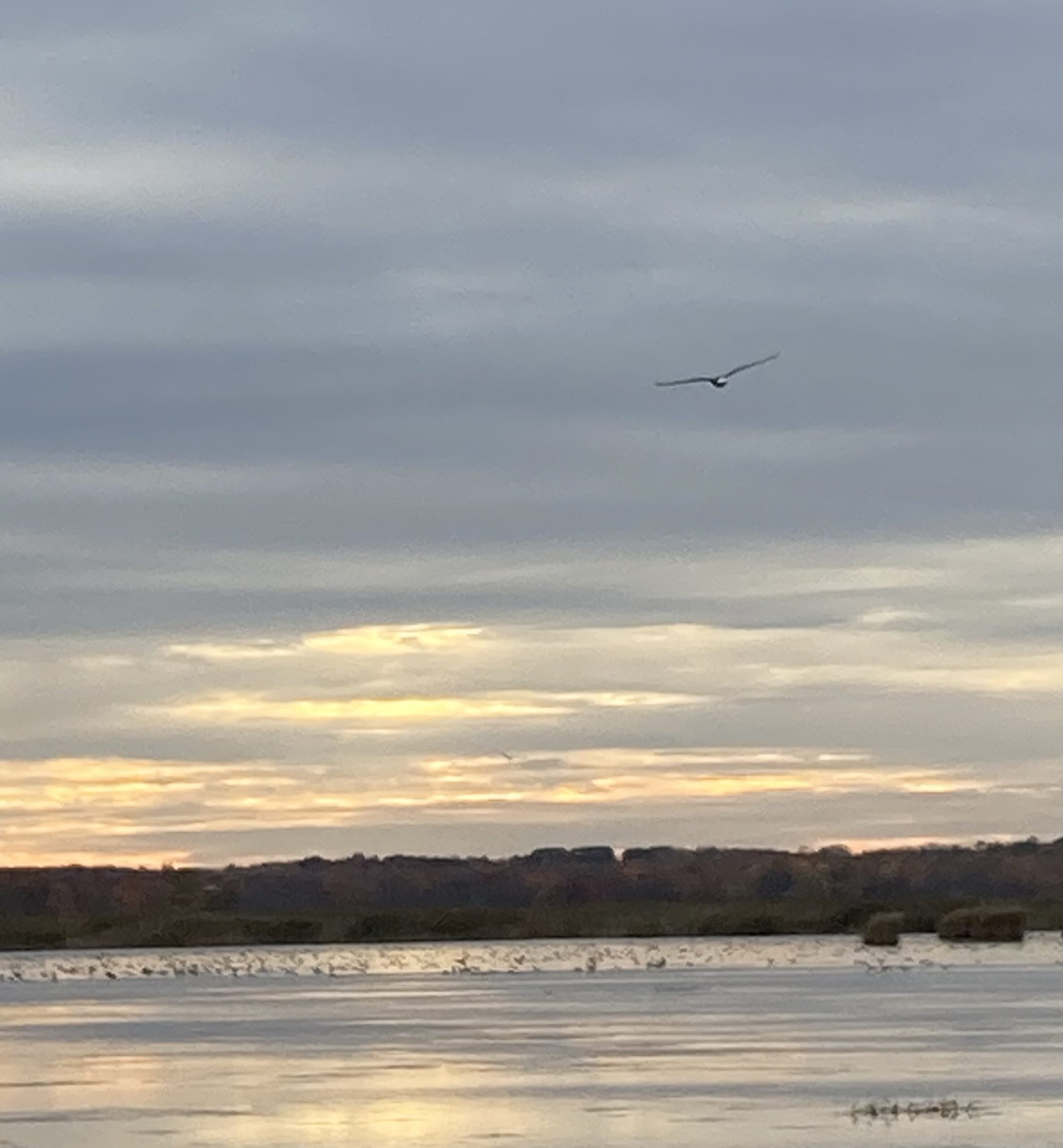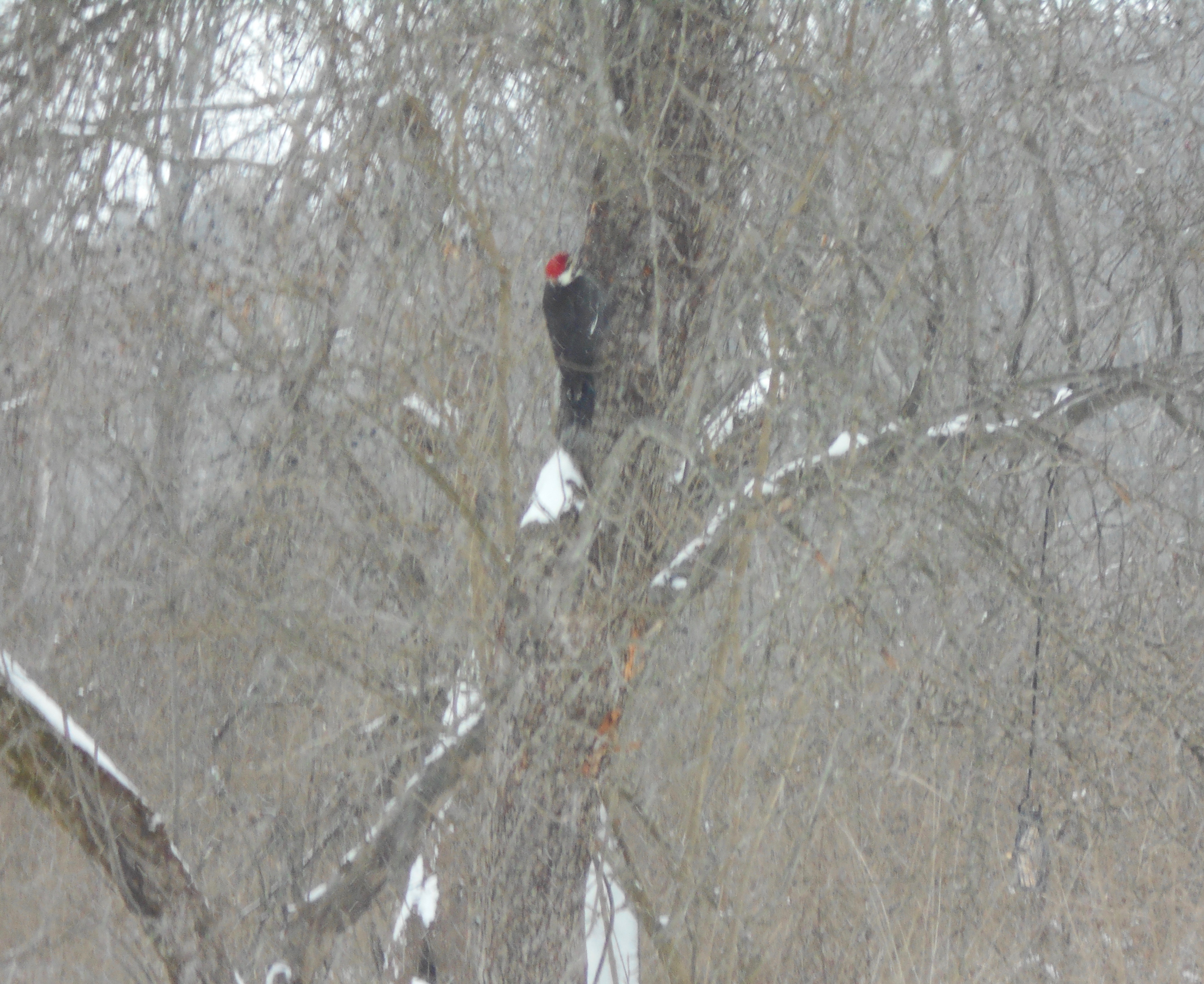We all know days when the world seems caught under a gray sky. When there’s no sun anywhere and the air itself feels like a light rain or snow. When so much feels at risk and wars rage. The world storms⎼ and then gets quiet. And aside from the sound of wind and the falling rain, all is silent.
And I realized that here, too, inside the house, in me, it’s gray. Not just the sky but the trees, the flowers, the furniture, the walls. Everything. The air around me and the air inside me speaks a gray language. And I stop dreading and almost welcome this new language. It becomes an “old friend.”
It’s too easy to forget these relationships amongst everything, this interconnection. But if we notice this, this gray outside meeting the gray inside, actually the possibility of joy increases. We better perceive what we give attention to. We open eyes, nose, ears, mouths, minds to whatever. By feeling presence, we can meet not just the world outside but inside. We care.
Just a few minutes after realizing this, I looked out the window at the sky. It was late afternoon, early evening. And there was some blue in the sky, just a hint, a bit of white and a space of blue emerging from behind gray clouds. Then lines of pink and the red sky of the end of day.
I turn and look in the room around me. A wooden chair, the oak flooring, a white lamp. On the wall is a piece of art. It’s a woodblock print we found years ago, by a Japanese artist named Kawase Hasui. The artwork is called Morning at Tsuchiura. It depicts an ancient wood boat tied to a tree on the shore of a river. And the color of water, which just a moment before looked, yes, grayish, is now more clearly and deeply several shades of blue. And the reflection of the boat in the water is so remarkable and alive. One minute gray. The next, blue. Maybe by looking and feeling so intently one moment, the next moment is deepened, too.
I notice this happens after concentrated exercise or meditation, as well as stopping and simply letting my gaze linger on something. The mind sharpens when we feed it with focused, mindful attention on our breath or what’s around us.
And something more. The patience to just look. When I’m angry, for example, or afraid, or anxious, and filled with dislike, it’s like my senses are too jumpy or too focused on some thought, or fear, worry to see the reality before me. The fear, anxiety, dislike push the physical world away to replace it with a world of thought.
But when we can take the time to pause, to feel⎼ when we’re not so consumed by the news or whatever, and we can possibly feel grief for the world without getting overwhelmed⎼ we can let our eyes and ears become heart shaped. And the colors, sounds, scents, the feel of everything comes closer and sharpens.
When we do this, when we listen to what comforts us, maybe it’s the geese calling, or the wind⎼ when we listen so deeply that we hear the movement of water, trees, grasses, and birds in it, and we hear cars and people and our own responses to all the movement in it, we have a new sensitivity….
*To read the whole piece, please go to the Good Men Project.



